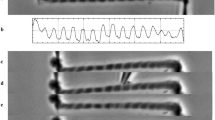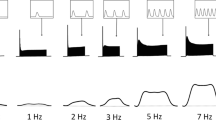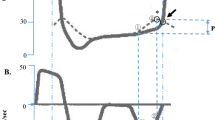Abstract
WHEN a single shock is applied to a muscle it contracts and relaxes; at constant length its tension rises and then falls, and under constant load it shortens and then lengthens. It has long been debated whether relaxation is an active or a passive process, whether lengthening after shortening is due to some positive internal activity, or merely to the effect of the external load in drawing the muscle out as its active contractile state disappears and its resting plasticity returns. Several independent observations (see ref. 1) favour the second view: (1) no heat is produced in relaxation, except such as can be attributed to the mechanical energy of the falling load; (2) over a wide range of lengths less than the normal length in the living animal, a resting muscle after relaxation shows a small but measurable tension; and (3) over this range of lengths the mechanical latent period (the interval between stimulus and onset of contraction) is practically constant. The latent period is an extremely sensitive index of ‘slack’, for shortening, particularly at shorter lengths, is relatively slow. If the muscle, or its fibres, or its ultimate contractile linkages, lengthened after a previous contraction, the slack would have to be taken up after the next stimulus and the latent period would be greatly extended.
Similar content being viewed by others
Article PDF
References
Hill, A. V., Proc. Roy. Soc., B, 136, 420 (1949).
Katchalsky, A., and Eisenberg, H., Nature, 166, 267 (1950).
Author information
Authors and Affiliations
Rights and permissions
About this article
Cite this article
HILL, A. Is Muscular Relaxation an Active Process?. Nature 166, 646 (1950). https://doi.org/10.1038/166646a0
Issue Date:
DOI: https://doi.org/10.1038/166646a0
Comments
By submitting a comment you agree to abide by our Terms and Community Guidelines. If you find something abusive or that does not comply with our terms or guidelines please flag it as inappropriate.



